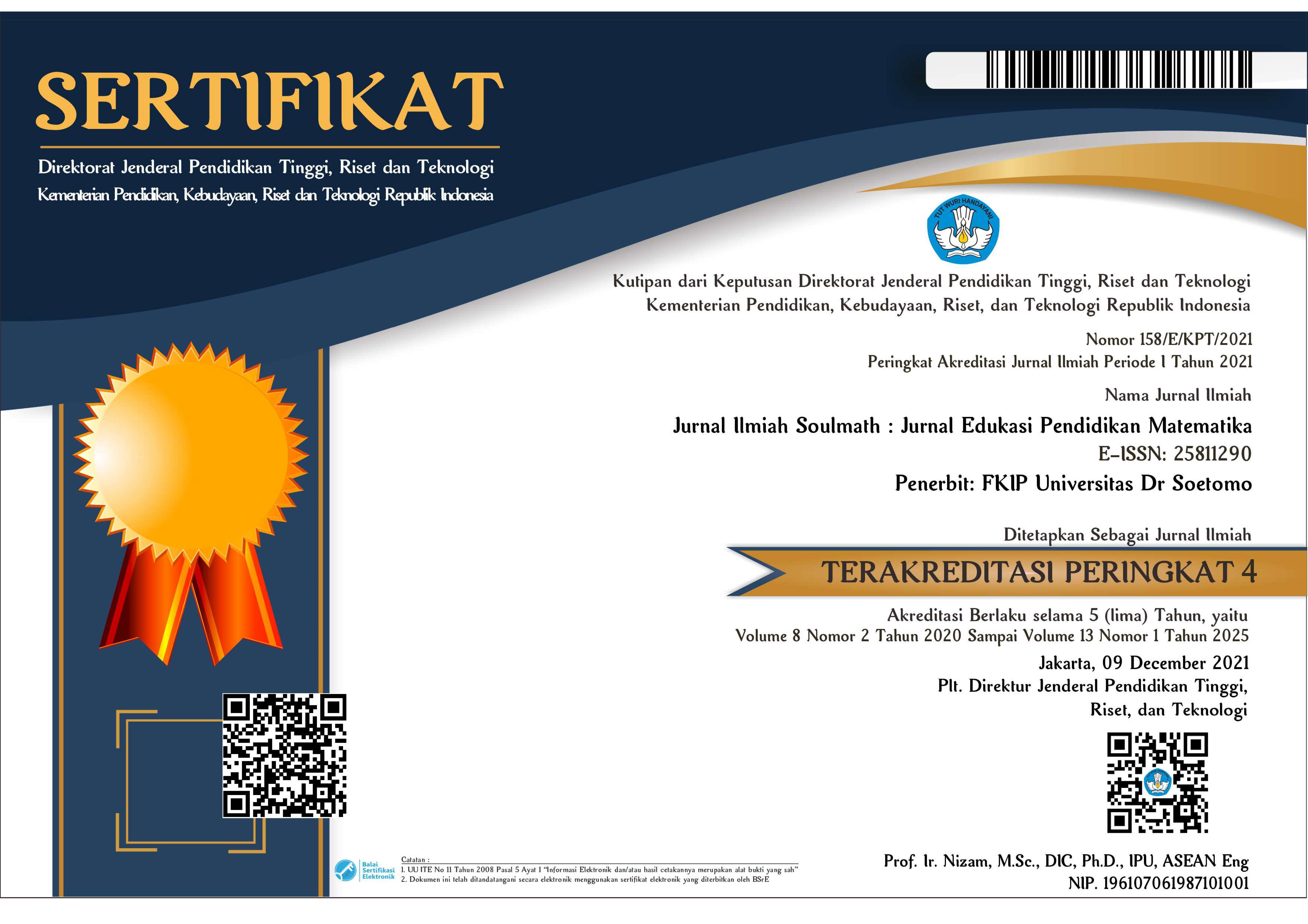Pemodelan Data IPM Papua Dengan Regresi Terboboti Geografis
 Abstract views: 246
,
Abstract views: 246
,
 5856 publish (Bahasa Indonesia) downloads: 193
5856 publish (Bahasa Indonesia) downloads: 193
Abstract
Geographically weighted regression (GWR) is the development of global linear regression for data containing spatial heterogeneity. The model obtained from the geographically weighted regression is different for each location of observation. The purpose of this study is to explain the procedures in geographically weighted regression, apply geographically weighted regression in modeling human development index (HDI) data in Papua in 2019, and identify factors that have a significant effect on HDI in each regency/city in Papua in 2019. Based on the analysis, the following results are obtained, (1) The best model for HDI data in Papua 2019 based on the smallest AIC value is the model with the weighting function fixed Gaussian, (2) Geographically weighted regression is better than multiple linear regression in modeling HDI data in Papua 2019, (3) Variables that significantly influence HDI in Papua 2019 differ in each regency/city where HDI in 25 of 29 regencies/cities is influenced by high school participation rates and per capita expenditure, while HDI in 4 regency/city are influenced by the percentage of the poor population, high school participation rates, and per capita expenditure.
Downloads
References
R. Wulandari, “Aplikasi Regresi Gulud Terboboti Geografis dan Regresi LASSO Terboboti Geografis Pada Data yang Mengandung Multikolinearitas (Studi Kasus: Data Pendapatan Asli Daerah pada 27 Kabupaten/Kota di Provinsi Jawa Barat),” Tesis Sekolah Pascasarjana Institut Pertanian Bogor, Bogor, 2017.
A. S. B. C. C. M. Fotheringham, Geographically Weighted Regression : The Analysis of Spatially Varying Relationship, England: Wiley, 2002.
R. N. Pradita, “Pemodelan Faktor-Faktor yang Mempengaruhi Indeks Pembangunan Manusia Kabupaten/ Kota di Jawa Timur Menggunakan Geographically Weighted Ordinal Logistic Regression,” Skripsi Fakultas Sains dan Matematika Undip, Semarang, 2015.
D. Cahyawati, “Model Geographically Weighted Panel Regression (GWPR) dengan Fungsi Pembobot Fixed dan Adaptive Kernel untuk Menganalisis Faktor-Faktor yang Mempengaruhi Indeks Pembangunan Manusia di Provinsi Jawa Timur Tahun 2013-2016,” Tesis Fakultas Matematika dan Ilmu Pengetahuan Alam UGM, Yogyakarta, 2018.
J.-M. F. Marie-Pierre de Bellefon, “Geographically Weighted Regression,” dalam Handbook of Spatial Analysis: Theory and Application with R, 2018, pp. 231-254.
Badan Pusat Statistik, “Indeks Pembangunan Manusia 2018,” Badan Pusat Statistik, Jakarta, 2018.
C. H. S. B. W. Yap, “Comparisons of Various Types of Normality Tests,” Journal of Statistical Computation and Simulation , vol. 81, no. 12, pp. 2141-2155, 2011.
A. R. P. T. S. Breusch, “A Simple Test for Heteroscedasticity and Random Coefficient Variation,” Econometrica, vol. 47, no. September, pp. 1287-1294, 1979.
G. B. S. Alvin C. Rencher, Linear Models in Statistics, United State: Wiley, 2008.
Y. M.-L. Z. W.-X. Leung, Statistical Tests for Spatial Nonstationarity Based on The Geographically Weighted Regression Model, 1999.
K. P. P. d. P. A. R. Indonesia, “Kajian Kebijakan Provinsi dan Kabupaten/Kota Tentang Penanggulangan Kemiskinan Melalui Kegiatan Industri Rumahan (Studi di Kabupaten Jayapura, Papua),” Kementrian Pemberdayaan Perempuan dan Perlindungan Anak Republik Indonesia, Jakarta, 2016.
P. D. d. A. P. P. Papua, “Manusia Papua: Membangun dan Dibangun (Analisa Pembangunan Manusia Provinsi Papua Tahun 2015),” Papua, PUSDALISBANG, 2016.
D. N. Gujarati, Basic Econometrics : Fourth Edition, New York : The Mcgraw-Hill/Irvin, 2003.
C. S. C. F. K. F. Shaojian Wang, “Examining the spatial variations of determinants of energy-related CO2 emissions in China at the city level using Geographically Weighted Regression Model,” Applied Energy, vol. 235, pp. 95-105, 2019.







